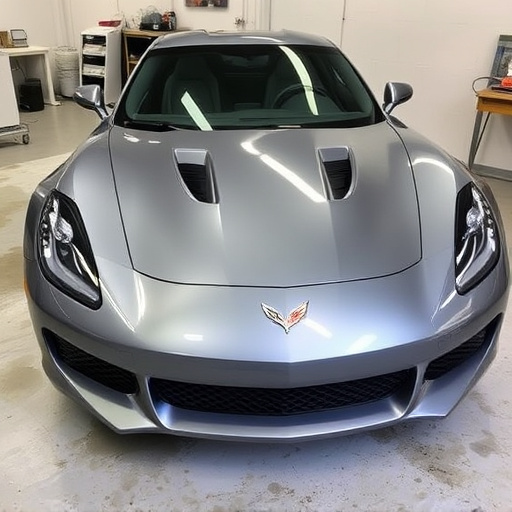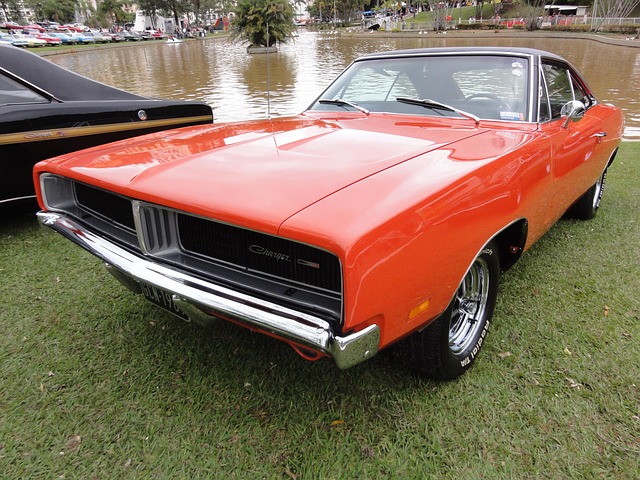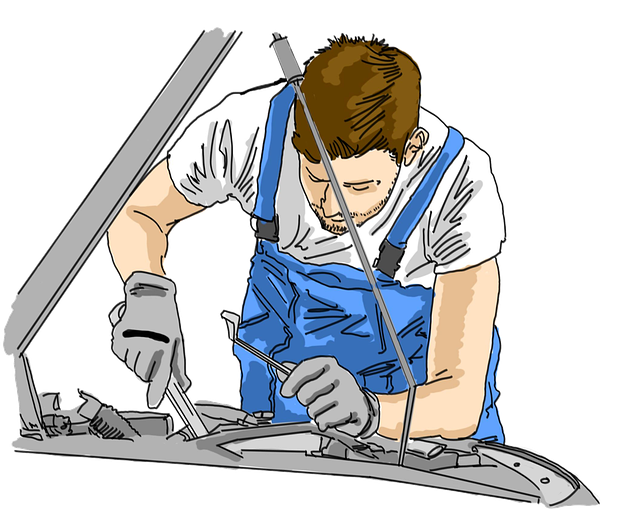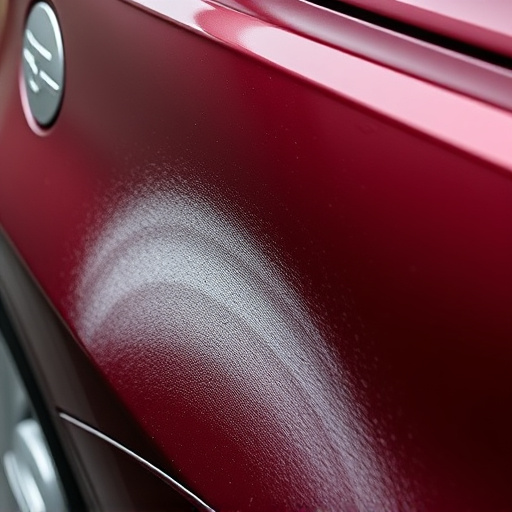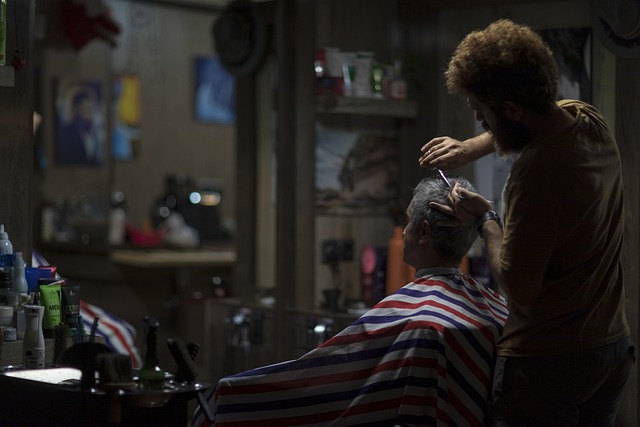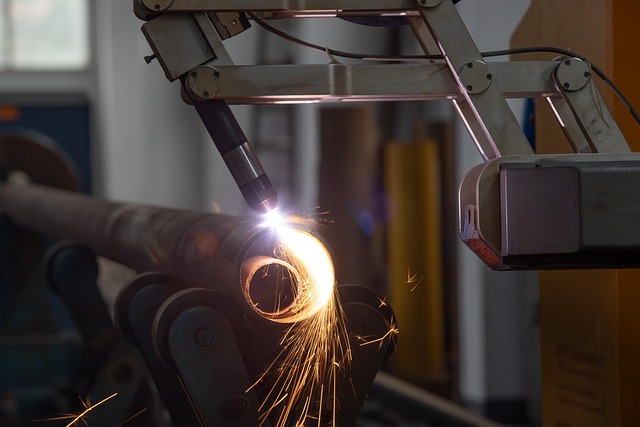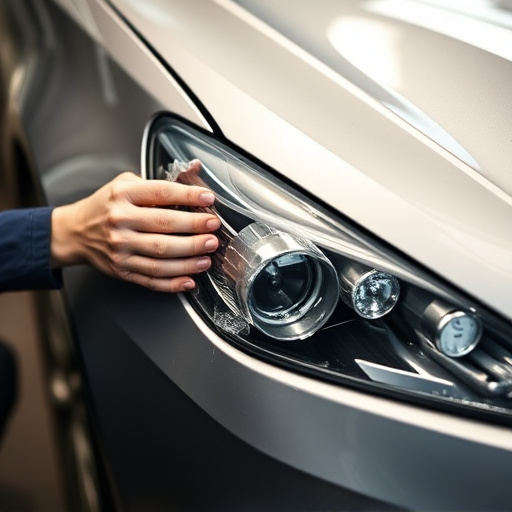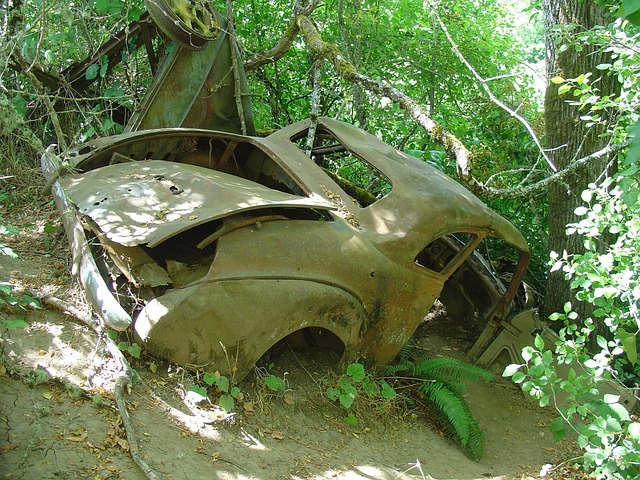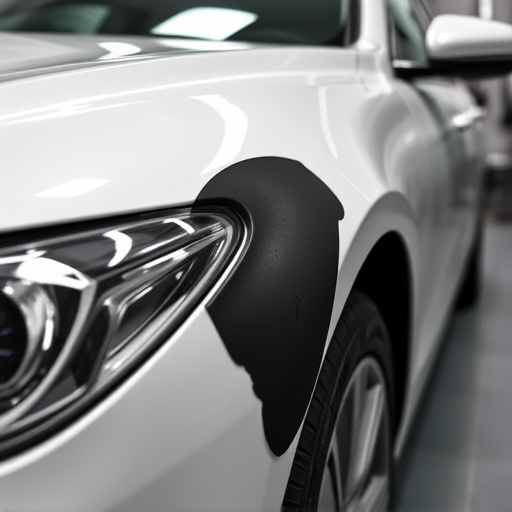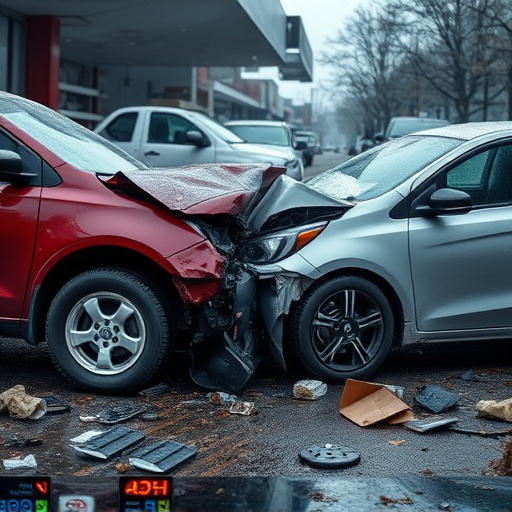In auto collision repair, while metallic paint repair can restore modern finishes, improper execution risks uneven application, visible brush strokes, peeling, and further damage, especially on advanced coating technologies. For significant or deep damage, subpar techniques may lead to inconsistencies, chipping, or peeling. Minor surface imperfections in metallic paint should be left untouched for character; major accidents, rust spots, or structural issues require professional auto body services. Simple touch-ups are effective for small dents and dings, preserving unique aesthetics of newer and older vehicles with faded or chipped metallic finishes.
In many cases, metallic paint repair is perceived as a quick fix solution. However, this approach can sometimes lead to more harm than good. This article delves into the situations where attempting to repair metallic paint may cause adverse effects, such as exacerbating existing damage or promoting further rusting. We’ll guide you through signs indicating that professional attention is required and offer alternative solutions for maintaining and enhancing metallic surfaces without invasive repairs. By understanding when to avoid metallic paint repair, you can preserve the integrity and aesthetic appeal of your metallic finishes.
- When Metallic Paint Repair Can Cause More Harm Than Good
- – Exploring the conditions where metallic paint repair may lead to adverse effects
- – Examples of surfaces and situations that are better off without repair
When Metallic Paint Repair Can Cause More Harm Than Good
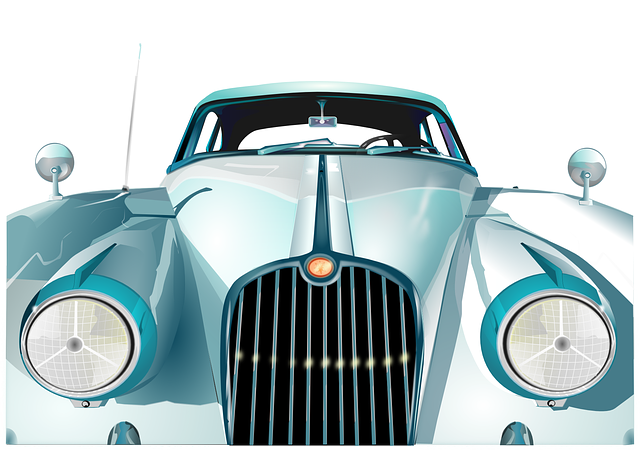
Metallic paint repair, while initially appealing for its ability to restore a sleek, modern finish, can sometimes do more harm than good, especially if not executed properly by an experienced auto body shop. In the world of auto collision repair, it’s crucial to understand that metallic paints are designed with intricate pigments and special effects that give them their distinctive look. These complex formulations can be delicate, and attempts at DIY repairs or substandard body shop services may lead to uneven application, visible brush strokes, or even peeling over time.
Moreover, the process of removing damaged or faded metallic paint without the right tools and expertise can cause further damage to the underlying surface. This is particularly true for modern cars with advanced coating technologies. Instead of enhancing the vehicle’s appearance, poorly executed metallic paint repair might leave behind unsightly marks, hinder the car’s resale value, and necessitate more extensive auto body shop services down the line. Therefore, when it comes to maintaining the integrity and aesthetics of a car’s exterior, knowing when to avoid metallic paint repair is as important as seeking professional auto collision repair solutions from trusted body shop services.
– Exploring the conditions where metallic paint repair may lead to adverse effects
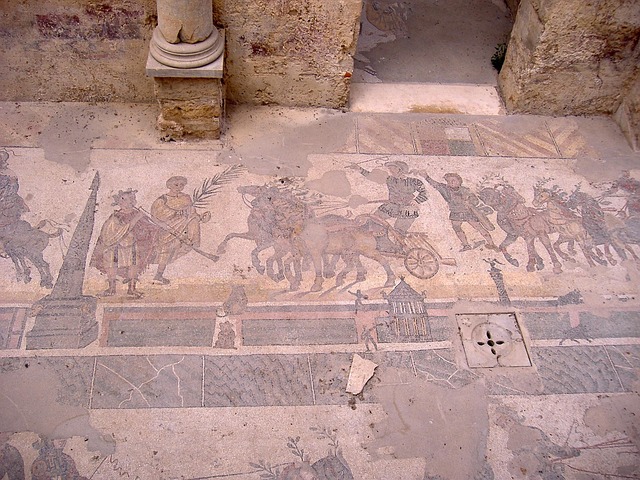
In certain situations, attempting metallic paint repair can do more harm than good, leading to adverse effects that may compromise the integrity and aesthetics of the vehicle’s bodywork. One such condition is when the damage is extensive or deep, involving not just surface scratches but also pitting, rust, or structural deformities. In these cases, simple patching might not be sufficient; it could mask underlying issues that, if left unaddressed, will resurface causing further problems down the line.
Moreover, using subpar repair techniques or materials can also result in undesirable outcomes. For instance, improper application of metallic paint during a body shop service might lead to inconsistent color shading, visible brush strokes, or an uneven finish. In a car collision repair scenario, where pressure and heat are applied, poor quality repairs could cause the new paint to chip, peel, or fail early due to weakened adhesion to the underlying surface of the vehicle bodywork.
– Examples of surfaces and situations that are better off without repair

In many cases, it’s best to leave certain surfaces and damages untouched when considering metallic paint repair. For instance, minor scuffs and scratches on exterior panels of a vehicle might not warrant extensive auto body work. These defects often create opportunities for unique artistic expression and can give a car character over time. Additionally, older vehicles with faded or chipped metallic finishes may be better served by preserving their authentic aesthetic rather than attempting to restore them to a perfect state.
Surfaces like metal doors, fenders, and hoods in good structural condition but with noticeable imperfections don’t necessarily require paintless dent repair (PDR) or a visit to the collision center for extensive auto body work. Simple touch-ups can be effective in addressing small dents or dings. However, major accidents leading to significant deformities, rust spots, or structural damage should be handled by professionals who offer comprehensive auto body services, ensuring that repairs blend seamlessly with the original metallic paint job and prevent further complications like weakened panels.
In many cases, attempting metallic paint repair can do more damage than good, especially on certain surfaces and in specific conditions. It’s crucial to recognize when to avoid this practice to prevent long-term issues. By understanding the situations where metallic paint repair is better left untouched, homeowners and professionals alike can make informed decisions, ensuring a lasting and aesthetically pleasing finish that requires minimal maintenance.
